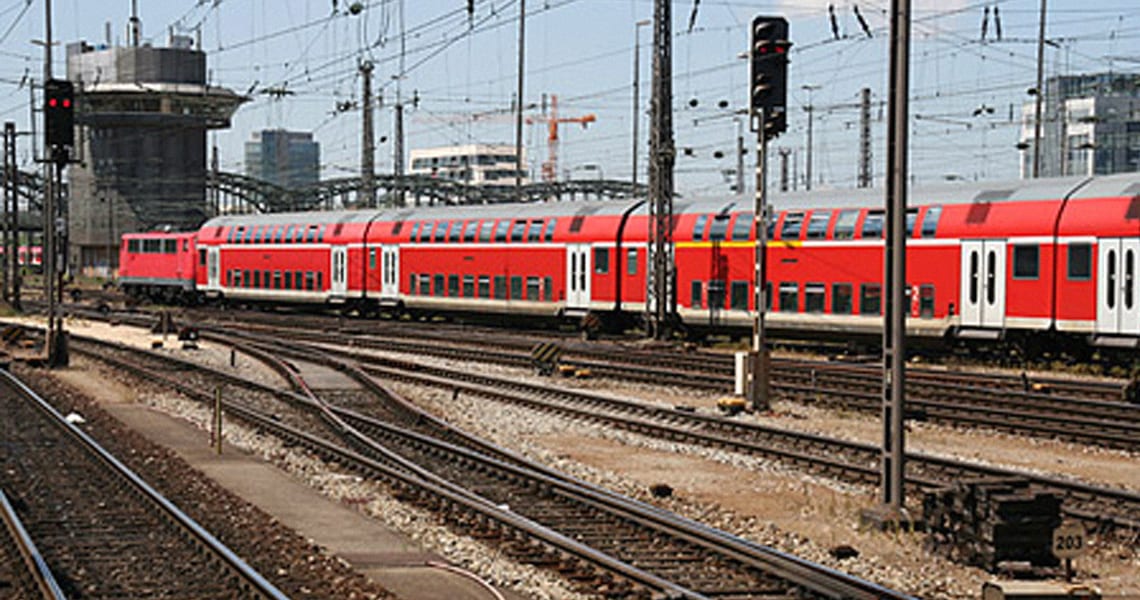Tratos theft prevention measures for cable
With copper worth more than two and half times its cost in 2009, the theft of copper cables has soared alongside the price. Organised gangs – sometimes using stolen BT vans to disguise their actions – are stealing the cable to strip out the copper and sell. In the process they are disabling crucial communications, including the emergency 999 services, railway signalling and even air-traffic control systems. Thieves stealing or damaging railway cables cost Network Rail £3.5m compensation for train operators in the North East and Yorkshire alone in the financial year 2008/9 – up by £1.7m on the previous year.
But the cost is not the only problem, as theft or damage to cables could ultimately lead to loss of life. At the very least it results in major inconvenience.
Cable manufacturer and supplier Tratos Ltd. has been working with rail and telecoms companies to reduce the incidences of cable theft and has a range of solutions aimed at both deterring thieves and helping police identify stolen cable.
Tratos now provides a range of options to make cable theft less profitable for the thief and traceability of the stolen cable easier for the police, with the added bonus of deterring metal merchants from receiving what are effectively stolen goods.
The first option is to limit the cost of the cable, making it a less attractive proposition for the would-be thief. This can be achieved using aluminium rather than copper as a conductor, as aluminium has less scrap value (stealing 1000 metres of cable is about 75% less profitable!). Alternatively, aluminium clad steel conductors – very difficult to separate for scrap and hence very low value – can be used, sheathed or unsheathed for overhead use.
The second option from Tratos is to improve the traceability of Stolen Conductor through marking. Tratos offers a range of marking services, from printing or embossing the sheath with “Property of …client name…” and even an Action Line number if required and can emboss both copper and aluminium conductors on strand sizes above 2mm diameter.
For even greater security, Tratos can incorporate an identity thread or strand registered to a specific manufacturer. The thread option involves Tratos placing the thread amongst the copper or aluminium strands. The strand option allows for a 2mm or larger strand to be placed in smaller sized cables and make the rest up to the required resistance/conductor size with smaller wires. With both options, even if the cable was burned or stripped down to the metal, identification would still be possible.
The ultimate in theft deterrent though has to be alarmed cable. Tratos can manufacture cable with a single fibre run amongst the copper conductor which would activate an alarm when cut and even, by use of an OTDR, identify the location of the cut. This would help the police with response time to the location and also help to make a repair to the length to lessen the downtime. A similar result could be obtained with a copper pair built into the cable.
But it’s not all about the product. Tratos works closely with contractors to ensure that cable drums arrive at set times to coincide with installation, and stock is available for call off, not in compounds. It should also be noted that the cable is ordered in the right quantities so that surplus is not left lying around.
For more information on Tratos’ range of cables for rail applications and theft prevention options, please contact Tratos on 01246 858000 or sales@tratos.co.uk, or go to www.tratos.co.uk.










